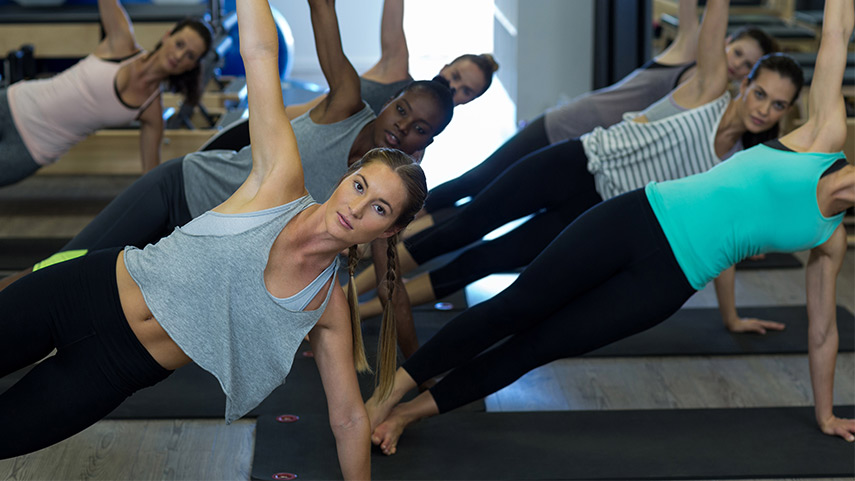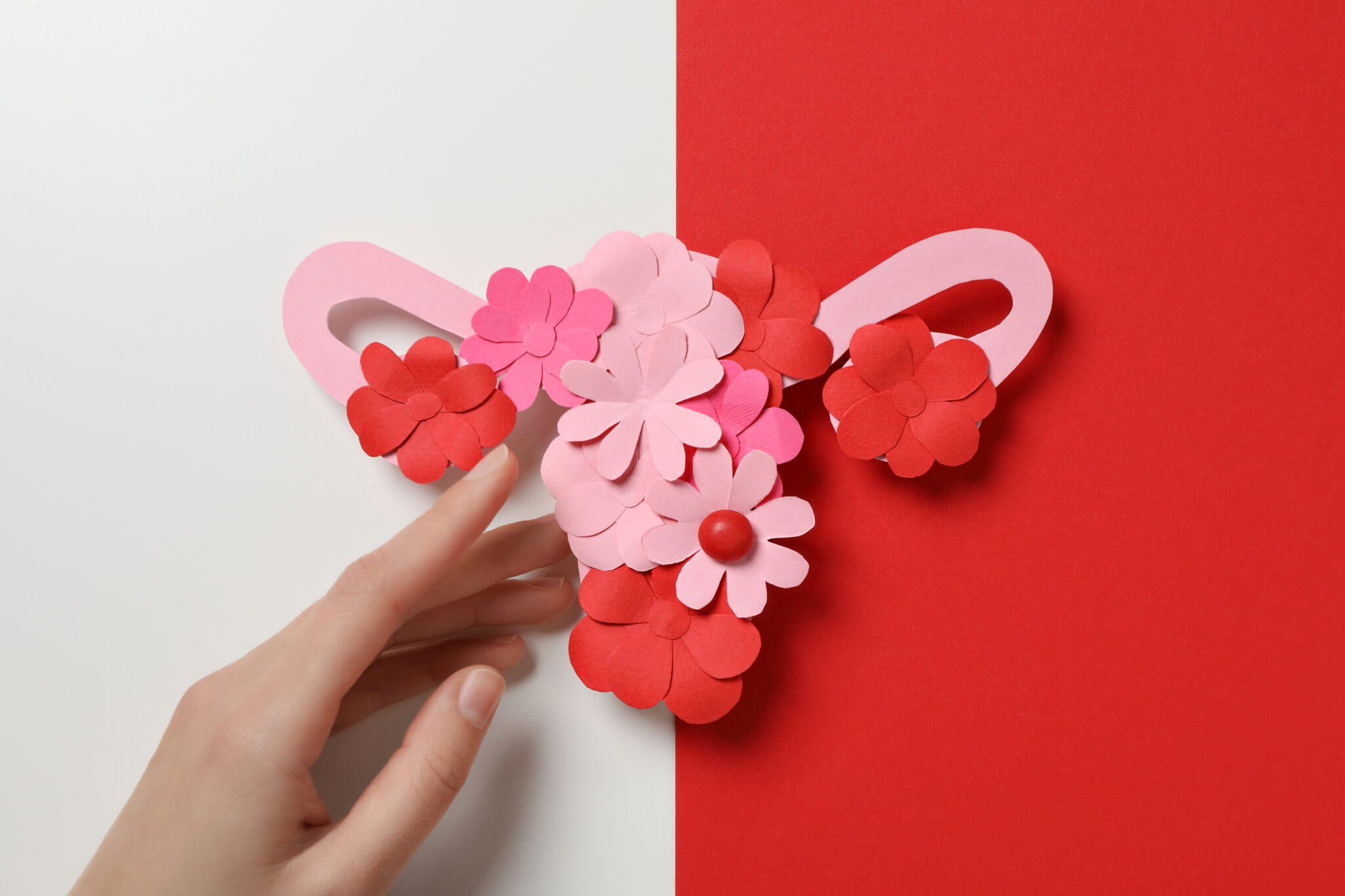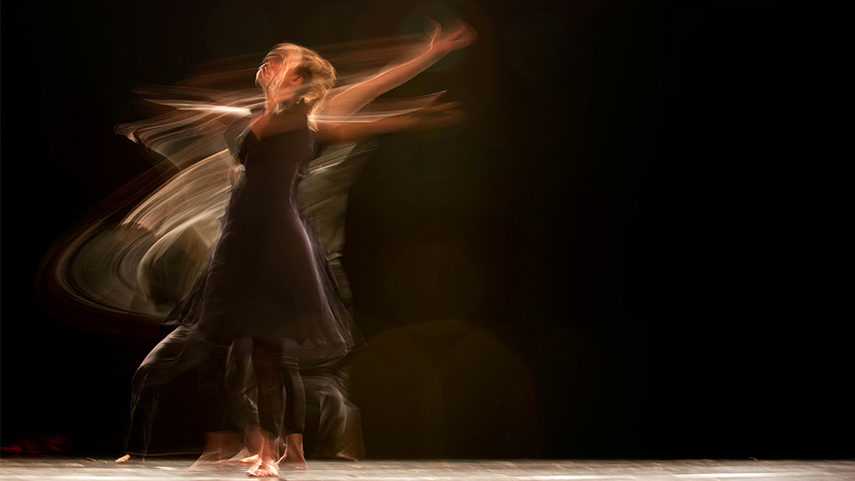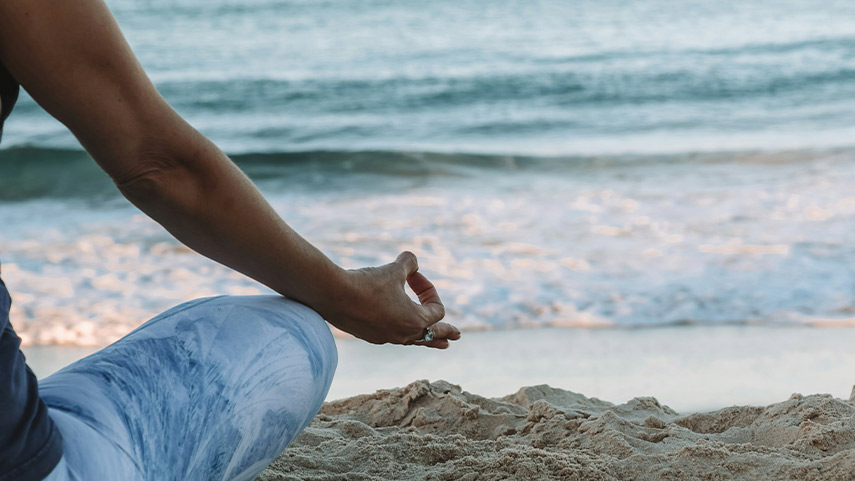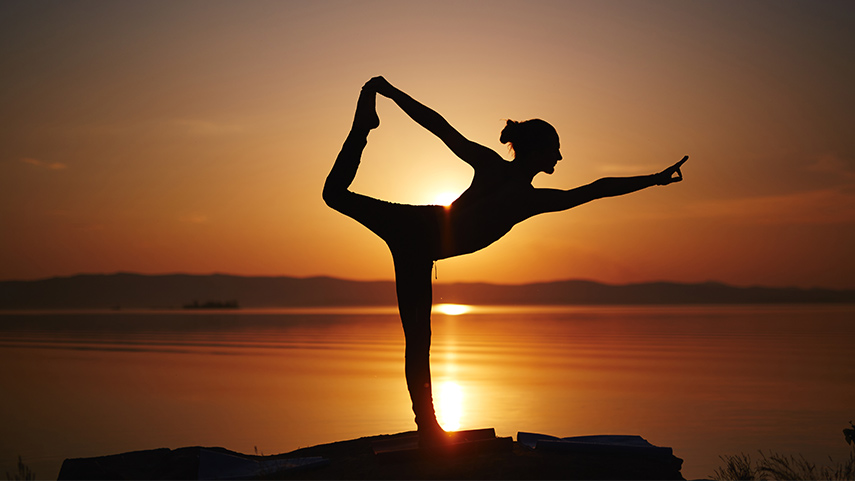Fitness vs. Function: The Quiet Power of Classical Pilates
There’s a strange irony in how we approach movement. We spend hours sitting, scrolling, and stressing — then try to “undo” it all in 45 minutes of high-intensity sweat. The body, meanwhile, quietly absorbs the chaos. Knees ache, shoulders creep toward the ears, backs stiffen. And yet, many still ask: “Will Pilates help me drop a size?”
It’s the wrong question. Not because physical transformation is irrelevant — but because it’s a side effect, not the goal.
Pilates, in its classical form, isn’t about fitting into clothes or chasing numbers on a scale. It’s about restoring something we’ve lost: a relationship with how we move, how we feel, and how we function in everyday life.
The Difference Between Looking Fit and Being Functional
The aesthetic version of fitness is everywhere. Fast-paced classes promising dramatic results. Burn, shred, tone, repeat. It feels like progress — until the body starts whispering otherwise: a twinge here, a tightness there. Eventually, a limitation.
Function doesn’t scream for attention. It doesn’t come with playlists or performance metrics. But it’s what lets you carry your groceries without bracing. Get up from the floor without thinking. Twist, reach, walk, and breathe — with ease.
Classical Pilates is built around that kind of function. It doesn’t just work the body — it organises it. Muscles don’t just get stronger; they learn how to work together. The core stabilises. The spine decompresses. The breath deepens. And over time, movement becomes less of a task and more of a conversation between body and brain.
Beyond the Summer Deadline
The seasonal obsession with fitness — the rush before a holiday, the panic after winter — turns movement into punishment. But Pilates wasn’t built for deadlines. It doesn’t promise instant abs or beach bodies. What it offers is consistency. Structure. Adaptability.
This is the method people return to after injury, after burnout, after realising that soreness isn’t the same as strength. It meets the body where it is — not where it “should” be.
Why the “Small” Muscles Matter Most
Big movements may steal the spotlight, but it’s the deep, stabilising muscles that quietly hold everything together. Classical Pilates targets those muscles — the ones responsible for posture, joint health, and long-term mobility. They don’t get a lot of credit, but they keep you upright, balanced, and moving through life with less wear and tear.
Training these systems takes focus and patience. Not flash. Not volume. You won’t find them by rushing through reps. You’ll find them by slowing down, tuning in, and letting form lead the way.
When Movement Becomes Medicine
Pilates is often described as rehabilitative — and for good reason. It’s one of the few practices that works equally well for professional athletes and post-surgical recovery. It doesn’t discriminate by age, condition, or level of experience. Because the real goal isn’t performance — it’s integration.
The best sessions aren’t always the hardest. They’re the ones where you leave feeling more connected, more open, more aware. That’s what healing movement looks like: not aggressive, but precise. Not exhausting, but intelligent.
A Studio That Thinks Beyond the Mat
Some spaces teach Pilates as choreography. Others treat it as therapy. The difference is in the intent. One trains you to move better under lights. The other teaches you to move better through life.
Corpus Studios™, based in Brussels, has built its practice around the latter. No glitter, no noise, no empty slogans — just a commitment to the method, to education, and to the kind of strength that outlasts trends.
Here, you won’t be asked to keep up. You’ll be taught how to come back — to balance, to awareness, to the core of your movement. Whether you’re recovering, maintaining, or beginning again, this is where real Pilates lives.

